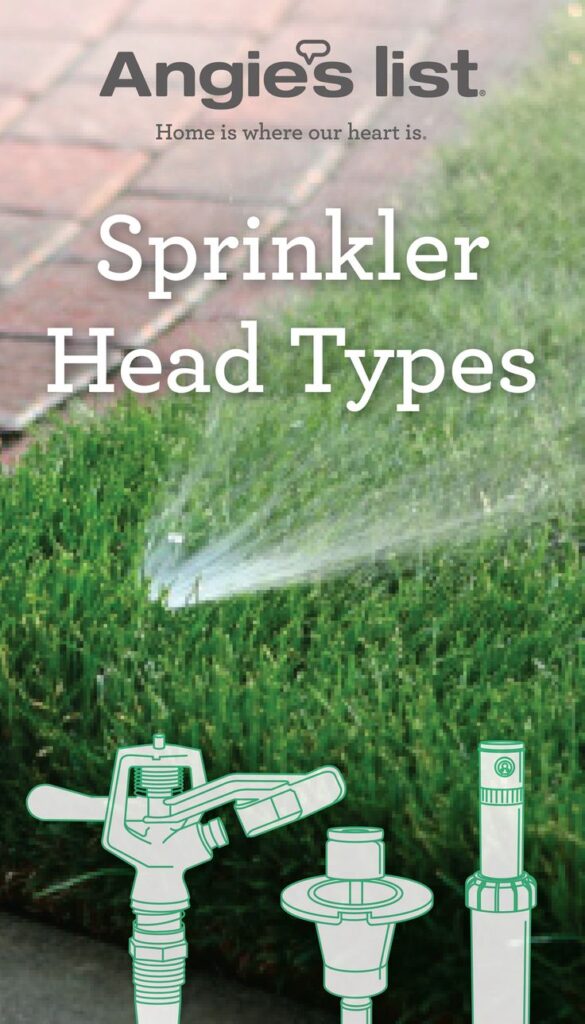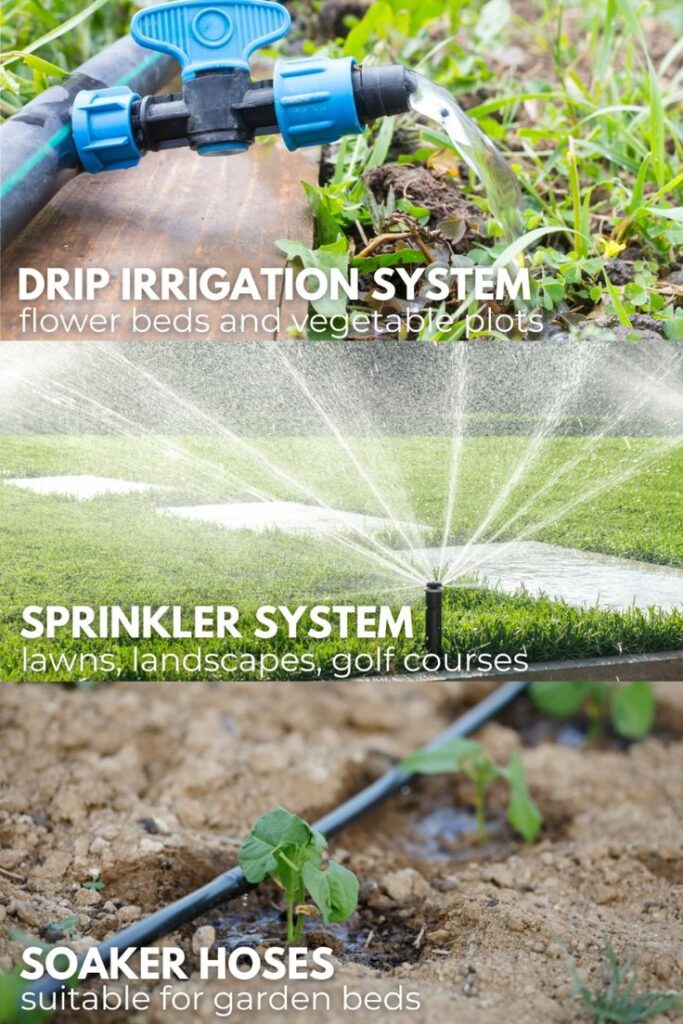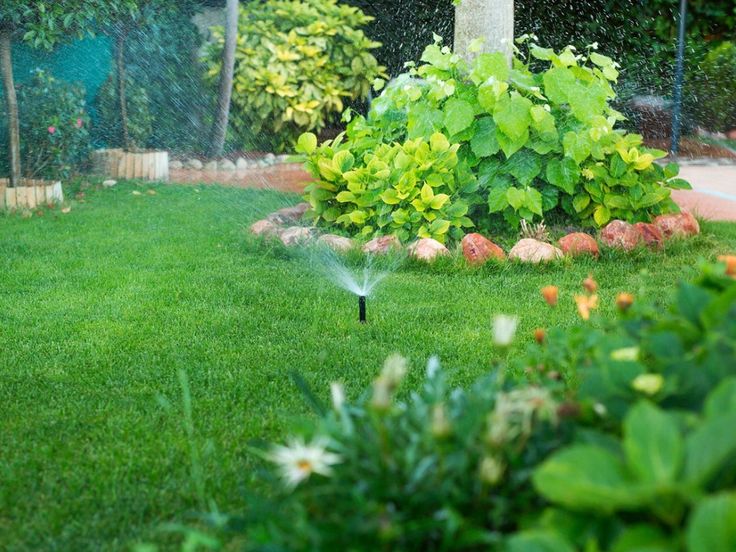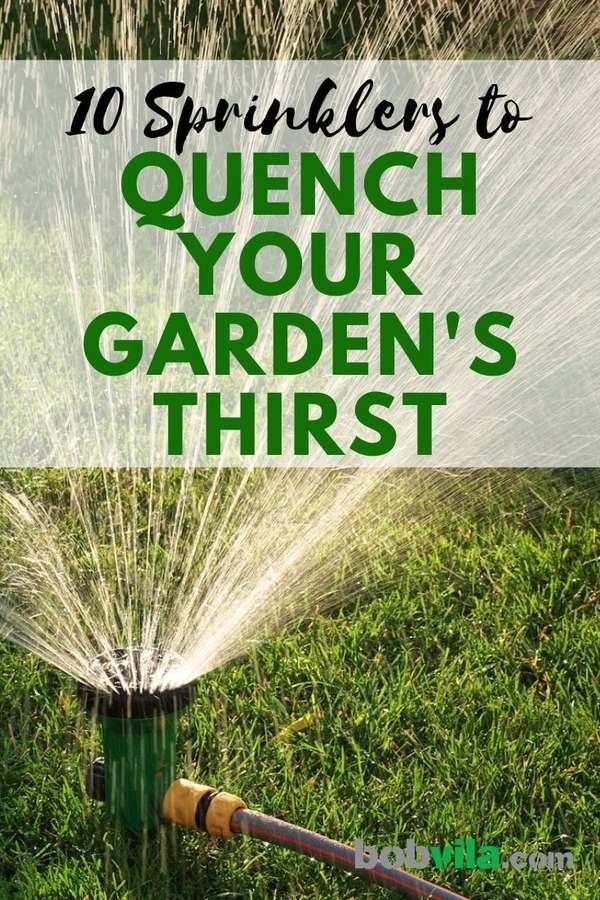Sprinkler heads are vital components of lawn irrigation systems, determining water distribution patterns and efficiency. This guide explores their types, features, and usage tips.
Understanding Sprinkler Heads
Sprinkler heads are devices that spray water onto a lawn or garden. They vary in design, water flow, and application methods to suit different irrigation needs.

Types of Sprinkler Heads
| Type | Best For | Key Features |
|---|---|---|
| Fixed Spray Heads | Small, uniform areas | Steady spray, low water pressure required |
| Rotor Heads | Large areas | Rotating streams, adjustable patterns |
| Impact Sprinklers | Agricultural and large lawns | Durable, high water coverage |
| Bubbler Heads | Trees and shrubs | Direct water application, prevents runoff |
| Drip Emitters | Gardens and flower beds | Water-saving, slow and steady flow |
Key Features of Sprinkler Heads
- Adjustability: Many heads allow users to control spray patterns and distances.
- Material Durability: Plastic or metal components resist weathering and wear.
- Nozzle Design: Determines spray type and water distribution.
- Pressure Rating: Matches the system’s water pressure to avoid inefficiency.
Installation Tips for Sprinkler Heads
- Plan the Layout
- Map zones for uniform water coverage.
- Avoid overlapping sprays to prevent overwatering.
- Choose the Right Type
- Match sprinkler heads to the landscape’s requirements.
- Consider plant types, soil, and water pressure.
- Set Proper Spacing
- Position heads evenly to ensure consistent watering.
- Connect to the System
- Attach heads to risers or pipes securely.
- Test for leaks before full operation.

Maintenance Best Practices
- Regular Inspection: Check for clogs, leaks, and misaligned nozzles.
- Clean Nozzles: Remove debris periodically to maintain water flow.
- Replace Worn Parts: Swap out damaged or old components.
- Adjust Patterns Seasonally: Modify spray directions and timings as weather changes.
Common Issues and Troubleshooting
1. Uneven Watering
- Cause: Misaligned heads or blocked nozzles.
- Solution: Adjust alignment and clean nozzles.
2. Low Water Pressure
- Cause: System leaks or incompatible sprinkler heads.
- Solution: Inspect for leaks and ensure pressure-matching heads.
3. Overspray and Runoff
- Cause: Incorrect spray patterns or overwatering.
- Solution: Fine-tune nozzle settings and schedule shorter watering cycles.
User Feedback on Sprinkler Heads
Michael, Homeowner: “Switching to rotor heads reduced my water bill significantly while improving lawn health.”
Lisa, Gardener: “Bubbler heads are perfect for my flower beds—no more water wastage!”
Tom, Landscaper: “Impact sprinklers are my go-to for large properties. They’re reliable and efficient.”
Pro Tips for Effective Use
- Combine Types: Use different sprinkler heads for varied zones.
- Install Filters: Prevent debris from clogging nozzles.
- Use Timers: Automate watering schedules for consistent irrigation.
- Check Coverage: Observe operation periodically to ensure full area coverage.

Conclusion
Choosing the right sprinkler heads and maintaining them properly ensures efficient lawn irrigation. With the correct type, features, and practices, you can achieve a lush and healthy lawn while conserving water and reducing costs.





